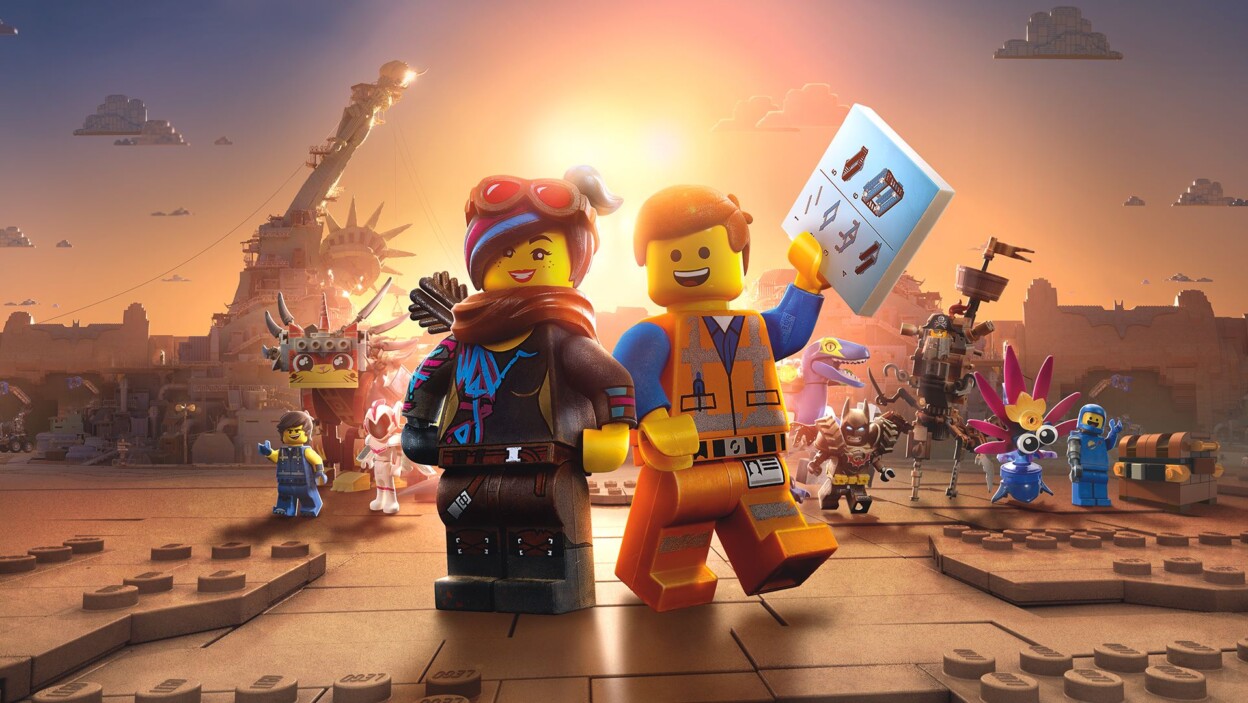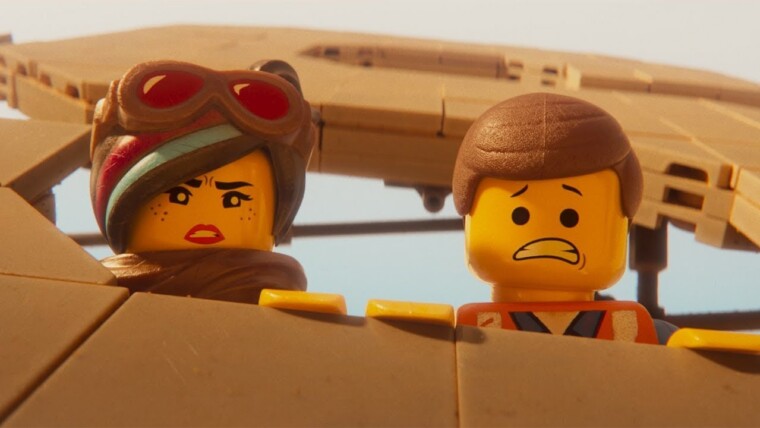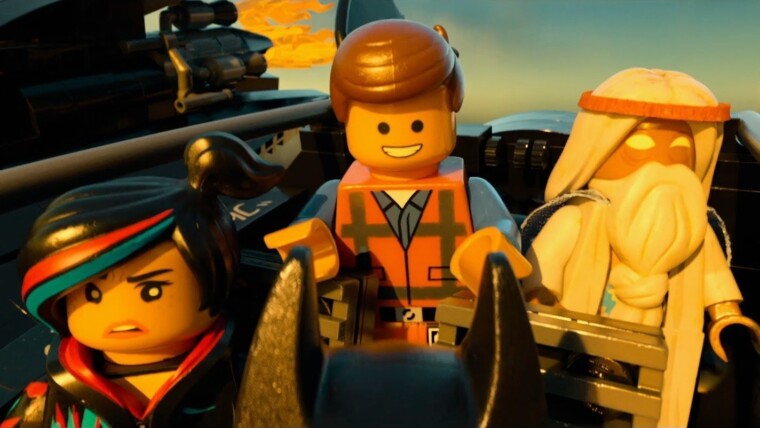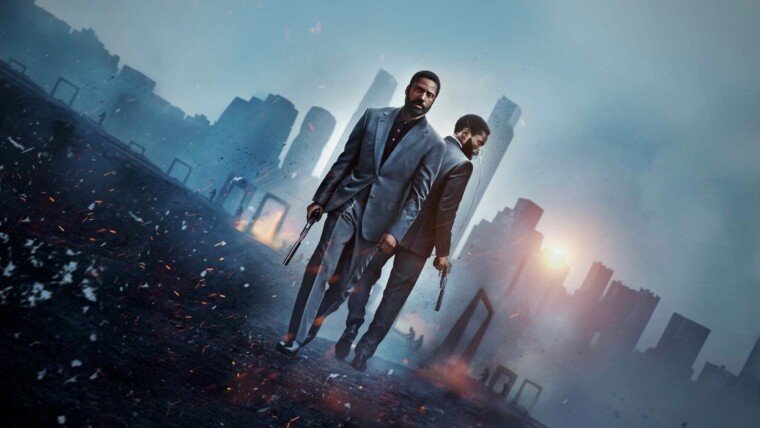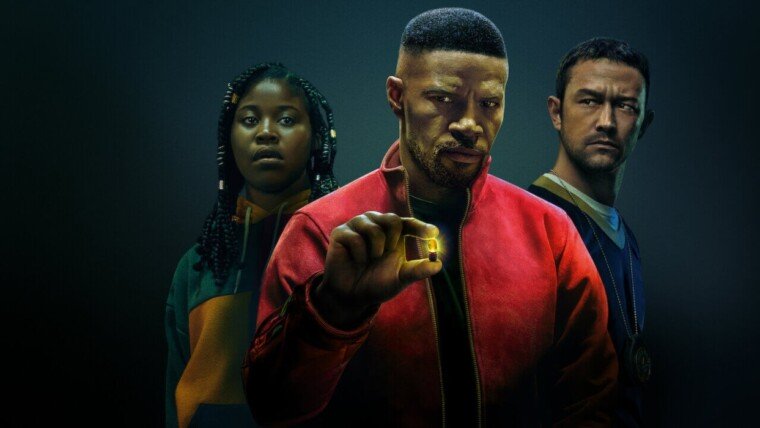Phil Lord and Christopher Miller’s The Lego Movie provided a unique cinematic experience back in 2014. It had an unorthodox animation style — a mixture of stop motion and CGI that caused its blocky characters to move stiffly as you would imagine how real Legos would if they came to life. Its concept was one-of-a-kind: wherein Toy Story, the toys would literally come to life in the absence of human beings (and play dead in their presence), The Lego Movie existed squarely in the imaginations of the kids playing with their Lego set.
A short aside. Isn’t it fascinating that Lord and Miller reinvented (or were part of the reinvention of) the animated genre not once, but twice? Last year, they, though not directors, were heavily involved in the making of Spider-Man: Into the Spider-Verse. I really can’t help but wonder what their version of the Han Solo spinoff would’ve been like.
Anyway, The Lego Movie. The best word to describe it would be: shocking. When we saw giant hands appear from the skies, we thought to ourselves holy shit! Are they really doing this? Could it be? What should’ve been a disgusting product placement film turned out to be one of the smartest pieces of filmmaking of 2014, one that poked fun at capitalism and flashed a middle finger to “the man.” It was revolutionary.
But what separates The Lego Movie from say, Toy Story is that we walk out of Toy Story praising its animation but mulling over the textured characters, their relationships and the powerful emotional journey they underwent. The Lego Movie isn’t as character driven nor emotionally resonant. We applaud the smartness of the concept more than we grow attached to its fun but somewhat depthless characters. This isn’t a criticism but an observation. It worked fantastically as a ‘first-time’ thing.
But what happens when the once revolutionary concept now feels almost ordinary? (Since the launch of this franchise, we’ve gotten The Lego Batman Movie and terribly dull The Lego Ninjago Movie.) What happens when you remove the shock factor? What happens when you take a brilliant idea and turn it into a template? Well, you get something that is thoroughly enjoyable but not entirely memorable. In other words, you get The Lego Movie 2: The Second Part.

Mike Mitchell (whom 90s kids will know as the director of Sky High) steps in to take the helm from Lord and Miller. Its title, The Second Part is apt, for this does feel like a direct continuation of the first part. It picks off where the first one left off. After bringing Lord Business to the light side, the citizens of Bricksburg rejoice and celebrate. Everything is indeed awesome… until the city is invaded by some Duplo toys and their mysterious shapeshifting Queen, Watervra Wa-Nabi. They turn the bright and splashy Bricksburg into a Mad Max-esque post-apocalyptic wasteland named Apocalypseburg and continue their reign over the kingdom.
The people in Apocalypseburg are the same as Bricksburg, but their attitude is different. Being an angry brood is the new cool and Emmet’s (Chris Pratt) glass half full worldview is seen as childish by his neighbours and girlfriend, Lucy (Elizabeth Banks), too. Meanwhile, Emmet gets a vision that a world-ending ‘ar-mama-geddon’ is approaching and has to broker peace between the Duplos and save the day. As you would expect from this movie, there’s something bigger at play here. The war between the citizens of Bricksburg and the Duplos is a metaphor for the growing tension between brother and sister in the real world. And through the journey of Emmet, Lucy and the Duplos, the real world children realise their mistakes and grow.

The Lego Movie 2 makes better use of its female characters than the first movie. It is as much Lucy’s story as it is Emmet’s. Lucy has to realise that it’s okay to be zany. That it’s important to embrace yourself, weirdness and all. It’s also about toxic masculinity and why men should be able to embrace themselves too, sensitivity and all. It has a good message for kids and for adults and delivers it without hitting you on the head like a high school teacher. One would expect nothing less from Lord and Miller, who are back at scripting duties.
Just like in the first movie, the jokes come fast and furious here. Many of them are gut busters, including a fucking brilliant cameo, which I won’t spoil but let’s just say it involves Christmas and air vents. And just like in the first movie, The Lego Movie 2 is full of energy and moves at a kinetic pace. It never lets up and is never a bore. Despite not returning to the helm, this movie has Lord and Miller’s thumbprints all over it. And perhaps that’s the problem.

The Lego Movie aspired to be different. It was one of the year’s most inspiring pieces of filmmaking. The Lego Movie 2 aspires to be more of the same as its predecessor. It’s a film that feels like it’s made by someone who studied and tried to replicate Lord & Miller’s work. It lacks vision and ambition and maybe that’s why you hire someone like a Mike Mitchell. Someone who will simply get the job done.
The real-world tie in of the first movie came as an honest surprise. Here, you see it coming from a mile away. (To the writers’ credit, they don’t exactly try to hide it either.) The first movie had a blatantly nonsensical song — Everything is Awesome — that is also brilliant and catchy. Here we have This Song’s Gonna Get Stuck Inside Your Head. It’s catchy, but is it still brilliant when the purpose of the song is just to have another version of what we got in the first movie? The Lego Movie 2: The Second Part is a movie made in a factory and sent out to the masses on a conveyor belt. It is entertaining but unremarkable.

